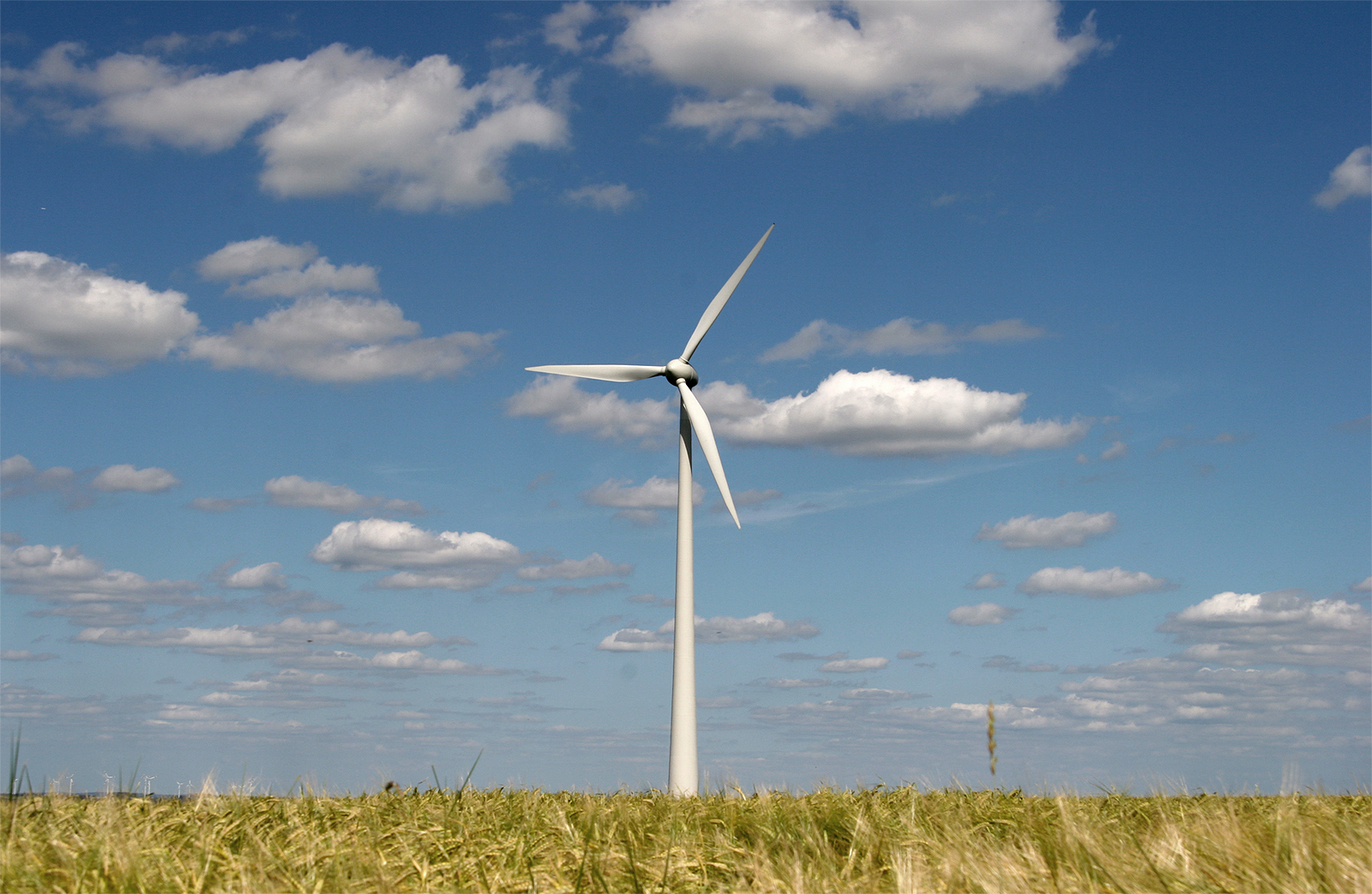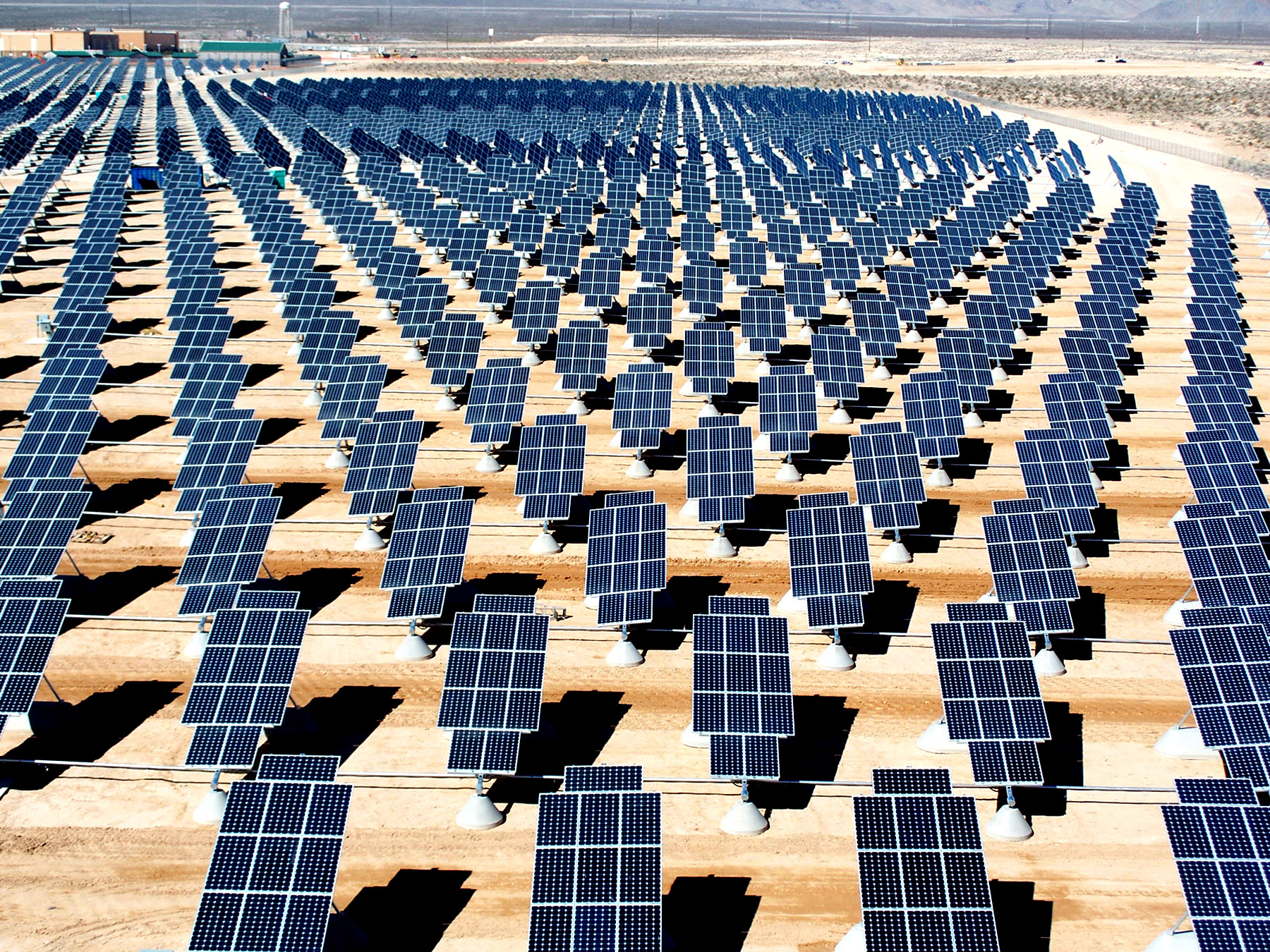Thermionic Emission
- Thermionic emission is a process of emission of charged particles (known as thermion) from the surface of heated metal.
- The charge particles normally are electrons.
- The rate of emission (number of electrons emitted in 1 second) is affected by 4 factors, namely
- the temperature of the heated metal,
When the temperature of the metal increase, the emission rate of electrons will increase. - the surface area of the heated metal,
When the surface area of the metal increase, the emission rate of electrons will increase. - the types of metal
The rates of thermionic emission are different with regard to different types of metals. - the coated material on the surface of the metal.
If the surface is coated by a layer of barium oxide or strontium oxide, the rate of emission will become higher.
Thermionic Diode
- Thermionic emission is applied in a thermionic diode.
- A diode is an electrical component that only allowed current flows in one direction.
- The figure below shows the illustration of a thermionic diode.
- Electrons can only be released from the tungsten filament (when it is hot) and move toward the anode which is connected to the positive terminal.
- Electrons are not allowed to move in the opposite direction because no electrons will be released from the anode.
- As such, the electrons can only move from left to right but not the other way round.







